|
History of the Roller
* The following article is about
Master Breeder Teddy Hull, who moved from Sarajevo (Bosnia
and Herzegovina) to the United States.
The Oriental Roller, Practices
And Principals
by TEDDY HULL, Hollywood, California.
As Told To Sandra Arison And
Ian Coleman
Published in AMERICAN PIGEON JOURNAL,
May 1984
Master breeder
Teddy Hull is known to pigeon fanciers around the world
for his dedication and standard of excellence in breeding the
amazing Oriental Roller pigeons. Mr. Hull is solely credited
with introducing this beautiful breed to the United States from
his original stock imported from Eastern Europe in 1951.
Teddy Hull was
born in the Sarajevo region which until 1918 was the
Austrian-Hungarian Monarchy, where is was common for families to
keep flying kits of Oriental Rollers in their thatched attics.
By the age of 7 he was involved in keeping Oriental Rollers, a
fancy inherited from his grandfather who, like Teddy was also a
master breeder. With a childs fascination Teddy spent his youth
studying the genetic and aerial characteristics of this bird
with his countrymen. For the next twenty-five years, Mr. Hull
worked trying to achieve a standard of excellence seldom seen
today.
Jozo Mletic,
today 85, and Abdulah Karic still send Teddy
pictures of some of the birds that he bread when he was a boy.
The trade restrictions posed by the Soviet block make importing
birds from old world masters like the men mentioned above almost
impossible.
In 1939 World War
II forced Teddy to leave Yugoslavia which was occupied by
the Germans. Lucky to get out at all Teddy had no way to take
his birds. Teddy and his wife fled to Western Europe and later,
after traveling extensively, to the United States.
In Baltimore in 1951
Teddy Hull became interested in Oriental Rollers again. Rather
than trying to rebreed the birds from scratch using local stock,
Teddy had birds imported from Turkey. These birds were laughed
at by American breeders who had never seen a real Oriental
Roller from its native region.
When Teddy Hull
moved to Los Angeles, California, in 1961 his Rollers
were already gaining notoriety. "Orientals" were virtually
unknown in California. In his search for "fresh" stock Teddy
contacted William Haig, a well known breeder of
Kurdistan Rollers. Mr. Haig's extensive Knowledge of
genetics and gene pooling made his "Smirna", or Orientals
a logical choice for breeding to Teddy's Turkish stock.
Unfortunately as is so often true of American breeders and their
stock, the dominant genes and characteristics were not dominant
at all, but merely surpressed. After one generation the dominant
characteristics returned producing squeakers with Dutch topknots
. This is what happens when breeding is based on a desired
visual or color trait instead of the birds being picked in the
air on flying ability.
There has been much
work done with the Roller by men such as Dale Husband,
Dave Camomile, and Mr. Drexler, all towards
perfecting show birds and the trophies they win. In a few
generations it is possible to breed out the characteristics that
make up the Oriental.
This separation of
aerial and show strains of a breed may also be noted in the
Birmingham Roller and it is this "show" mentality that is
responsible for the general loss in the quality that all breeds
are experiencing today. When was the last time you had a bird as
good as your birds of twenty years ago? - In any breed.
The intention of
this interview is not to criticize the showing of pigeons, but
to define what a bird in a show should represent. Orientals
should represent the pure bred flying Roller. These birds should
not be mixed, pick a line of birds and work with them. Any
mixing will ultimately dilute your birds and soon you will have
nothing. Fly your birds, without flying you have no way of
making an intelligent breeding decision. Oriental Rollers should
not be kept if they cannot be flown. Your best flyers
are your best breeders. How often we forget.
Many breeders breed
for profit, but Teddy Hull feels that each nesting pair should
only be allowed to breed twice a year. Teddy's airy, spacious
well lit lofts include a well stocked medicine cabinet. The
selling of birds only offsets the cost of the fancy.
Teddy keeps his
birds separated by sex, and never breeds brother to sister, or
nest mates together. When the birds are eight weeks old
they're trained to fly. It will take four or five months before
the young birds leave sight of the coup and start to spin. As
the birds learn to fly they will fly as high as ten thousand
feet for hours at a time spinning and rolling energetically in
tight spins of forty to eighty feet.
Oriental Rollers
are the oldest performing pigeon in existence. One
hundred-forty years ago a Greek horse trader brought the first
Oriental Rollers to the Sarajevo region from Smirna, Turkey.
For 500 years this large country once included many countries in
Europe, now Yugoslavia.
The Turkish
president, Kemal Atatuek asked the Greek people, who mostly bred
Oriental Rollers, to leave Turkey. Taking the birds with them
they went to Solun and Gjunanis. Today Oriental Rollers are very
rare in Smirna, Turkey. They can be found in Buhari, but Teddy
prefers the Smirna. The first known breeders of Oriental Rollers
were Senatore Snek and Bencion Abinun.
In Europe the birds
are only shown once a year, but are flown daily in neighborhood
competitions. The kits are judged as much as they are here on
time in the air and spin depth. When Orientals are mixed with
other types of Rollers they will fly with them, but not perform.
Red and yellows
are not Oriental Rollers, but are Romanian Rollers. These
birds should be bred separately and should not be mixed with
them. Rolling seems to come every other generation (birds that
have never rolled may produce a roll down). Now let's stop
trying to breed for a give show, or a certain judge, and look at
the characteristics of the Oriental Roller.
There are two basic
types of Orientals, both proud and strong birds that are
intelligent and love to fight. The first is the Smirna our basic
Oriental, and its shorter cousin, the Kurdistan Roller. The
following description in Teddy Hulls own words defines the true
Smirna Roller.
The head should be
oval, not flat or round. The eyes should be pearl eyes with
black centers and most important, a white eye lid with no red or
yellow. White Oriental Rollers may have a bull eye, but never
breed two almonds or you will get bull eyes, and the birds will
be 80% blind. You should be able to see the eye through the
eye lid.
The Oriental
Rollers beak should be medium size and white. Dark
birds may have a thin black line down the center of the beak.
A black beak is a sign of a mixed breed. Oriental Rollers have a
short neck, the shorter the better. The hen can have a longer
neck than the male. The birds body is broad and tappered towards
the tail, breast forward with the back of the bird slightly
arched giving a saddled appearance. The wing of the Oriental
Roller is long and is held under the tail, but does not touch
the floor. The tail of the Oriental Roller contains 14 to 21
feathers, is long and wide and held at a 45 degree angle to the
body. A double feathered or split feathered tail, called
Sufiorka by the Turkish, is a very good sign and these pigeons
should be bred. The flight feathers should be long, springy
and hard, giving a stepped arch effect to the wings. The legs
must be short. The color of the Oriental Roller is deep, no bald
heads, flights, grizzles, mottleds, or rose wings. Any of these
faults are a sign of mixed breeding. The most important color is
the duns and almonds. From these you can get all colors.
Never breed almonds together. An almond squaker is very
light, and gets darker as it gets older (dun) and becomes all
one color by one year of age. The tail should be the same color,
except with almonds. Almonds should be bred in yellow, dun,
black, silver.
The information
contained in this article is intended to shed some light on the
breeding and showing of Oriental Rollers.
May 1984
Rewritten by Franjo Talanga, January 7, 2006.
AMERICAN PIGEON JOURNAL
COLOR DESCRIPTIONS
By WALTER WOJCIESKI
Since I began raising
Orientals 26 years ago, I haven't seen a written description or
the like on the different colors that we have on our Orientals.
In the early writings of the Oriental, they were not only prized
for their performance, but for their striking colors.
Thinking back to a summer I
spent with the late Master Breeder Teddy Hull at his home in
1983, being only 13 years old, I had the privilege to sit down
with him, watching his 400 plus Orientals, and asking him all
the questions I could think of each day I spent with him. I
noticed his birds had such good deep color, in all colors. I
began asking him questions, about color descriptions, and how he
bred for color. Teddy began to explain to me how his countrymen
bred them in the old country he was from. He told me the black,
almond, and almond byproducts such as a kite etc. were Smyrna
Rollers and the reds and yellows etc. were Kurdistan Rollers,
but both were Oriental Rollers. He said the American breeders
had both at one time but bred them together and lot of the
mixing of colors hurt the quality of colors in the United
States. He said by voicing his opinion that there were U.S.
breeders that didn’t agree with him. He showed me how he bred
for color and how he separated his colors. Here are some of the
descriptions he gave me on our basic colors in our
Orientals:
Black
– Dark, shinny jet black color throughout; no signs of check,
bars or flat color. Should show green or red hues around neck
area when viewed from a distance.
Red
-- Color to be a shade of chestnut red, if possible throughout.
Lighter shade acceptable, but the darker the better. No bluish
rays in tails.
Yellow
-- Color to be a deep, golden buff throughout, no bluish rays in
tails.
Dun
-- A dark, greenish brown color, flights are a lighter color
than color of body. Darker dun color preferred.
Classical Almond
-- Multi-colored, rich yellow orange-ish ground color throughout
body with jet black flecking with a good break pattern,
uniformly positioned throughout body. Neck area is usually a
more bronzing effect.
Sprinkle
-- Ground color more of a grey base with jet black flecking
break uniformly positioned. A mixture of colors in the neck area
including yellow, red, silver, etc. Today the spred almonds are
called sprinkles. Teddy called them black almonds.
White
-- Self white with bull eye color. Teddy didn’t recognize whites
with pearl eyes.
Silver
-- Bird should possess a nice shade of neutral grey in the wing
shields with dark dun well defined bars. Head, neck, and tail
with dun tail bar should be a darker shade of grey.
Blue
-- Bird should possess light, sky blue wing shields with jet
black well defined bars. Head, neck, tail with jet black tail
bar should be a darker shade.
Orientals, as we know, have a lot more colors. I thought I’d
share a few color descriptions that Teddy described to me. A
real touchy subject with Teddy on color was grizzle.
He believed grizzle and any white flighted,
besides white, were crossed breeds!
There are some fine breeders
in the U.S. that have bred excellent colored Orientals, but I
think the Europeans might have mastered a few of the colors the
Oriental Rollers are bred in. I’ve been breeding Orientals for a
while now and some of the breeding practices Teddy used I have
experienced for myself on improving color, and it works in my
family of birds.
|
For videos of my performing Oriental Rollers, please visit my
YouTube Website by clicking the following link:
Orijentalische Roller
https://www.youtube.com/user/orijentalische
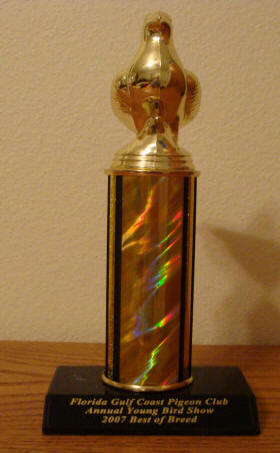
2007 Best of Breed
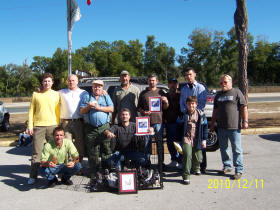
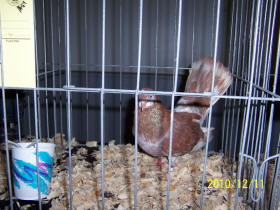

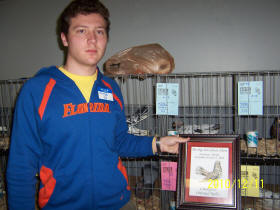
Mario Talanga
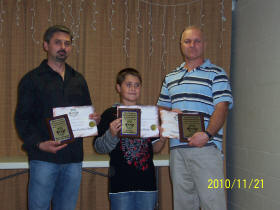
Mr.Oliver K., Ogi K., Z.Talanga

2007-67
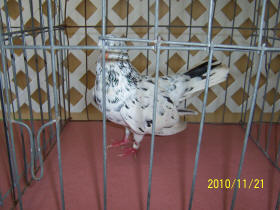
2010 Champion- Hen 09-1146
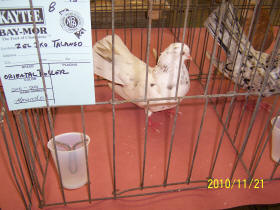
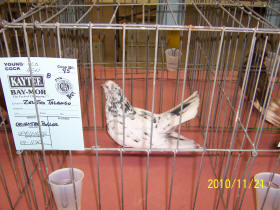
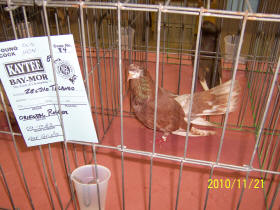
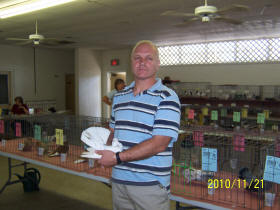
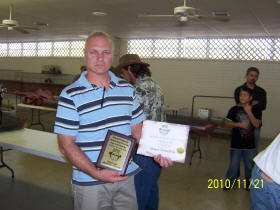
Zeljko Talanga
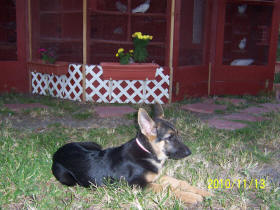
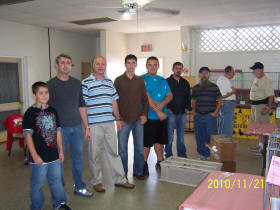
Ogi,Mladen,Talanga,Jasmin,Ratko
Oliver,Brada ...
A few pictures from the Orange Blossom
Classic Pigeon Show November 22, 2009
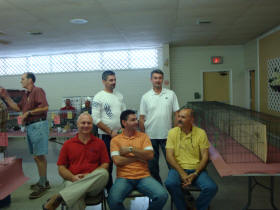
From left to right: Zeljko Talanga, Oliver Kisin, Florin Merluse,
Mladen Kisisn, Majo Kamerasevic
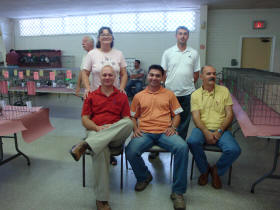
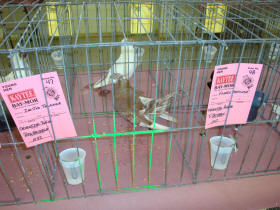

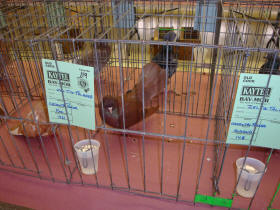
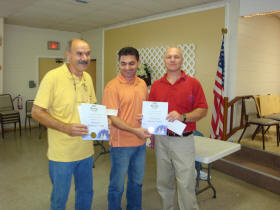
Zeljko Talanga with Champion Oriental Roller Award
11.22.2009
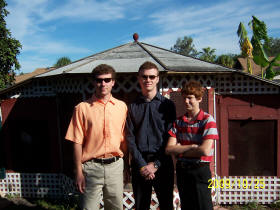
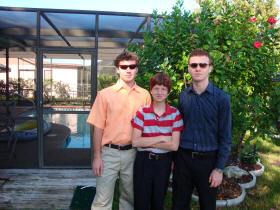
Talanga Mario, Krunoslav, and Franjo
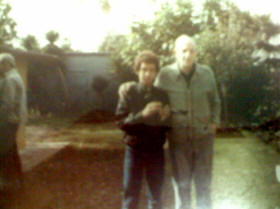
Left to right: Walter Wojcieski and Master
Breeder Teddy Hull in 1983.
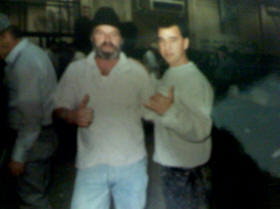
Left to right: Master Breeder Jim Green and
Walter Wojcieski in 1990.
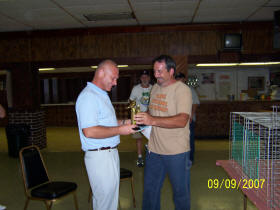
NPA District Nine Director Jim Rini is awarding
Zeljko Talanga the 2007 Oriental Roller Best of Breed trophy.
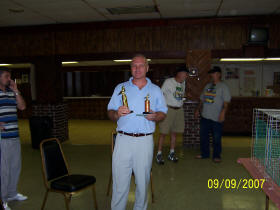
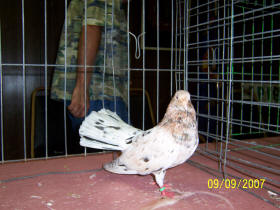
NPA 07DZ 67
Champion Almond Hen

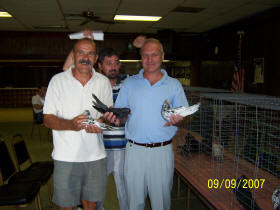
From left to right: Majo, Oliver, and Zeljko
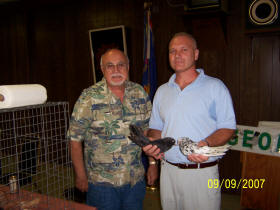
NPA Judge Jake Muscanera from Miami
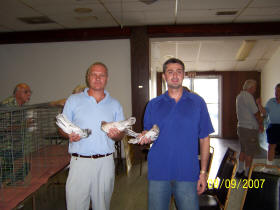
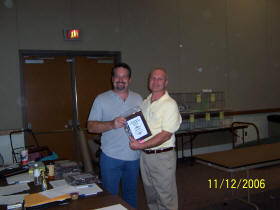
The following pictures were taken at the 36th Annual Orange
Blossom Classic in Palmetto, Florida. Zeljko Talanga is
receiving his Champion plaque for his Oriental Roller.
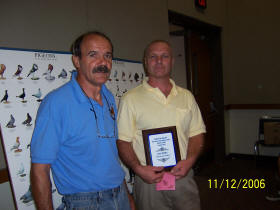
Zeljko with his friend Majo
Kamaresevic
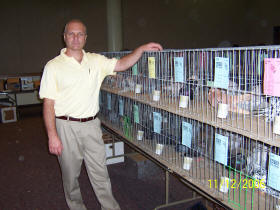
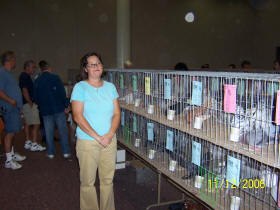
Mira Talanga

Left to right: Walter Wojcieski and Master
Breeder Teddy Hull in 1983.
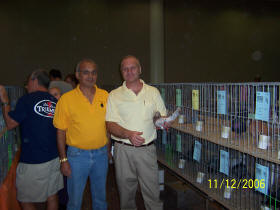
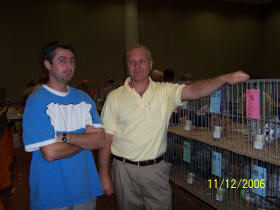
Mr. Mladen K. and Zeljko
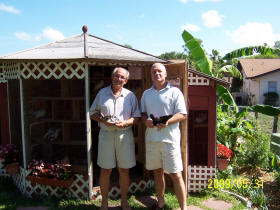
World Champion Racing Breeder Saki Becarevic
visiting the Talanga Loft (former friend of Teddy Hull)
Saki's
Loft
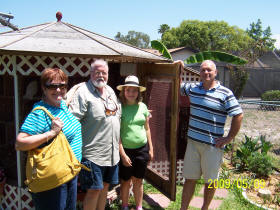
The O'Hair Family visiting Talanga Loft
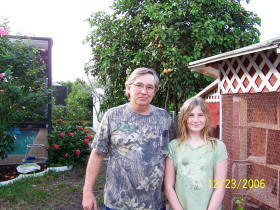
Mr. Paul Sisk and Miss Stormie
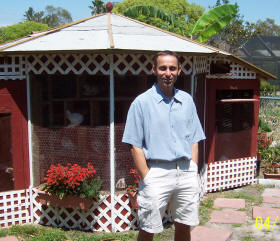
Mr. Amir Hrnjic from Grand Rapids, MI
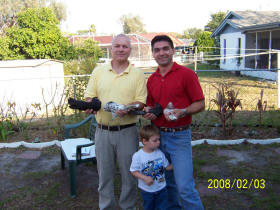
Mr. Florin Merluse and his son
visiting Talanga Family
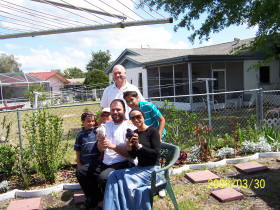
Igal and Deborah Zino from Hollywood, FL visit
the Talanga Loft with their kids.
.jpg)
.jpg)
.jpg)
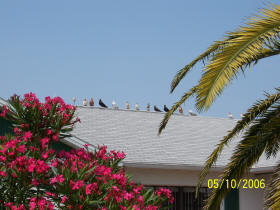
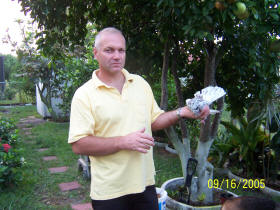
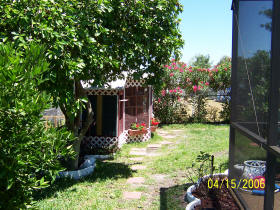


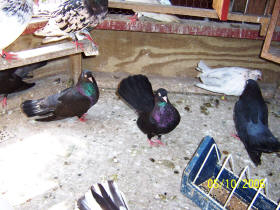
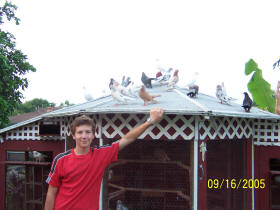
Mario Talanga
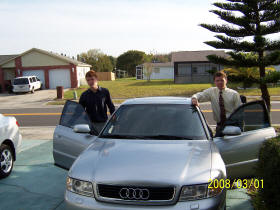
Franjo and Mario Talanga
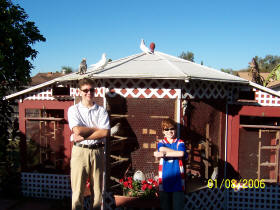
Mario & Krunoslav Talanga
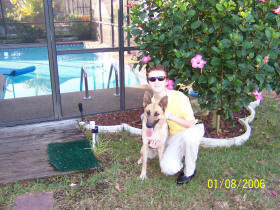
Franjo Talanga with Gracy

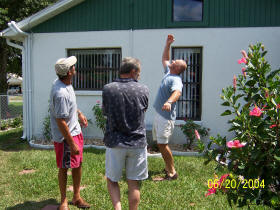
Left to right: Mr. M. Kamaresevic and Zeljko Talanga
watching Zeljko's Oriental Rollers perform.
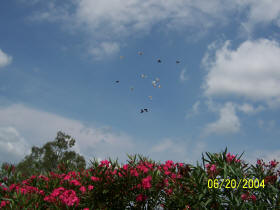
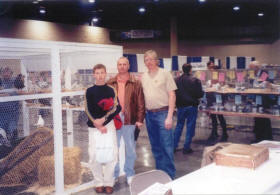
Left to right: Mario, Zeljko, & John E. Nelson Birmingham NPA Grand National January 2004
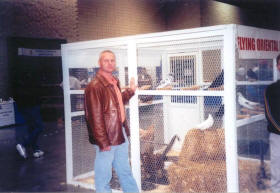 |



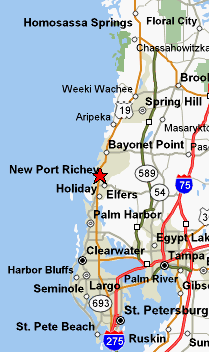
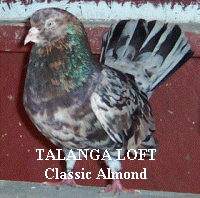
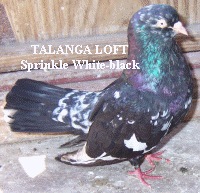
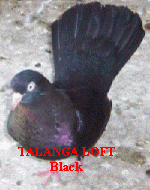
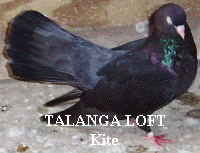
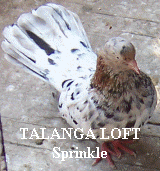
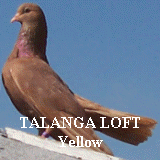
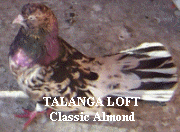
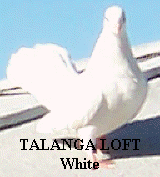
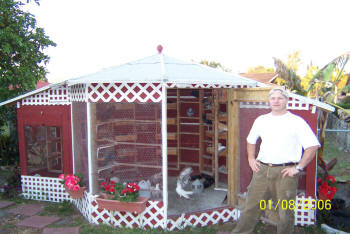
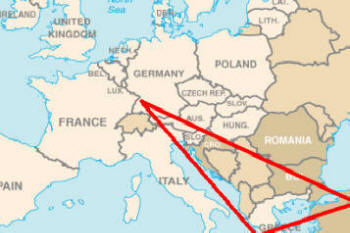



























.jpg)
.jpg)
.jpg)














